The beauty of Lake Kerkini

The most outstanding trip I have taken these past few years was the one to Lake Kerkini, located in the prefecture of Serres (Macedonia, Greece). How can I ever forget the endless straight roads around the lake, the fisherman who offered us a boat ride, the hundreds of flamingos (Phoenicopterus ruber), Dalmatian pelicans and ducks flying over us, the smooth, ripple-less surface of the water upon which were mirrored a rich variety of trees: beech, plane, chestnut, oak, poplar and alder.
Between the towns of Kilkis and Kavala, in the shadow of the giant mountain range of Belles on the border with Bulgaria, and at the junction of two rivers (Strymonas and Kerkinitis) an artificial reservoir was built in 1932, which created a rich fishing area and wildlife sanctuary, the latter now considered one of the top European bird-watching destinations. A realm of visual reflections, water buffalos, pelicans, and of a protected riverside forest, near which filmmaker Theodoros Angelopoulos built an entire village at the bottom of the lake to serve as sets for the film, “The Weeping Meadow”.
A network of channels was also constructed around the artificial lake, which converted the vast rain-fed fields into irrigated farmland. The perimeter of the lake is 60 kilometers, and includes three small ports, on one side those of Kerkini and Mandraki, and on the side by the dam, that of Lithotopos. Around the lake stand the dikes that were constructed to hold back the water of the rivers.
In 2006, this important wetland that hosts 1,300 plant species and 300 rare and protected bird species, was declared a National Park. Around 100 traditional boats (known as plaves), ply the water of the lake, and some 15 shacks balance on its banks. Six motorboats provide visitors with tours of the lake. The water buffalo, once indigenous to the area but endangered during the 1970s and 1980s, are now being bred and raised near the lake, due to the growing demand for its milk and low-fat meat, which are beneficial to human health.
In this area, humans are in the minority. Far more numerous are cormorants, mud puddles, clusters of naked trunks, the dikes, the many rushing waters. 17 villages are scattered in the valley and watered by the lake, and which utilize the many charms of each season to their fullest. From here one can visit the forts of Metaxas line of defense built prior to WWII and the thermal spring and spa in the town of Angistro, which are among the few in Greece that attract young people.
In the nearby villages, taverns offer roast carp and fried roaches (freshwater fish), delicious dolmadhes (stuffed grapevine leaves), juicy burgers, and barbecued buffalo meatballs, kavourmas (a delicacy of cured buffalo meat), and authentic kazan dipi (a sweet made buffalo milk). Near the tourist boats at the ports, wandering sellers offer ice cream made of buffalo milk. Stelios Kalesis, an excellent and competent guide to the surroundings of his village, is also owner of the hostel Viglatoras, at Ano Poria, which was converted from an older inn into a traditional hostel. The services he offers have set a good example for the area: local products included in the breakfast, simplicity, warmth, loyalty to tradition. The hostel Oikoperiigitis along with warm hospitality, offers many activities to be enjoyed around the lake.
Julia Klimi
Translation Vicky Anastasiadou





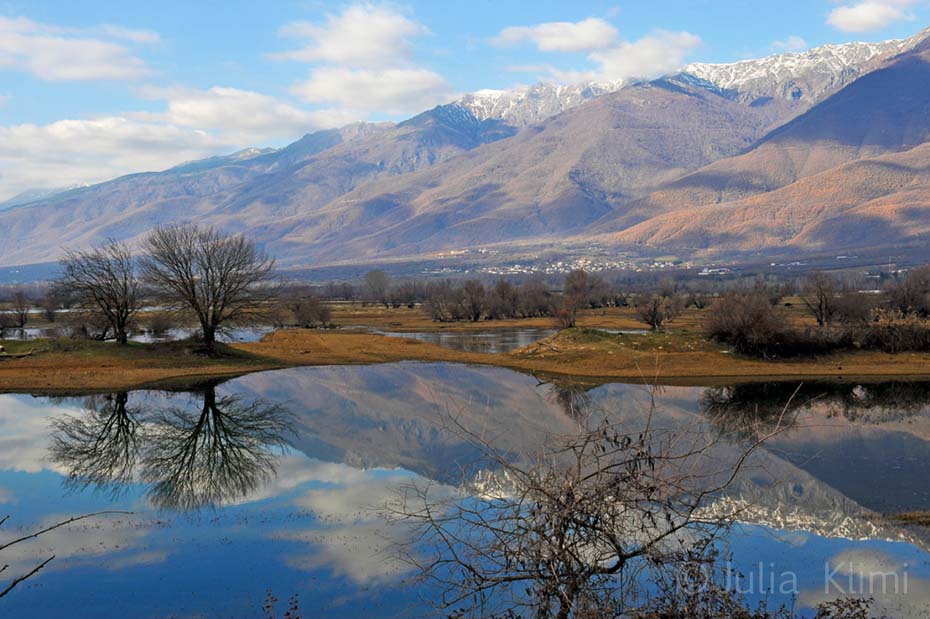
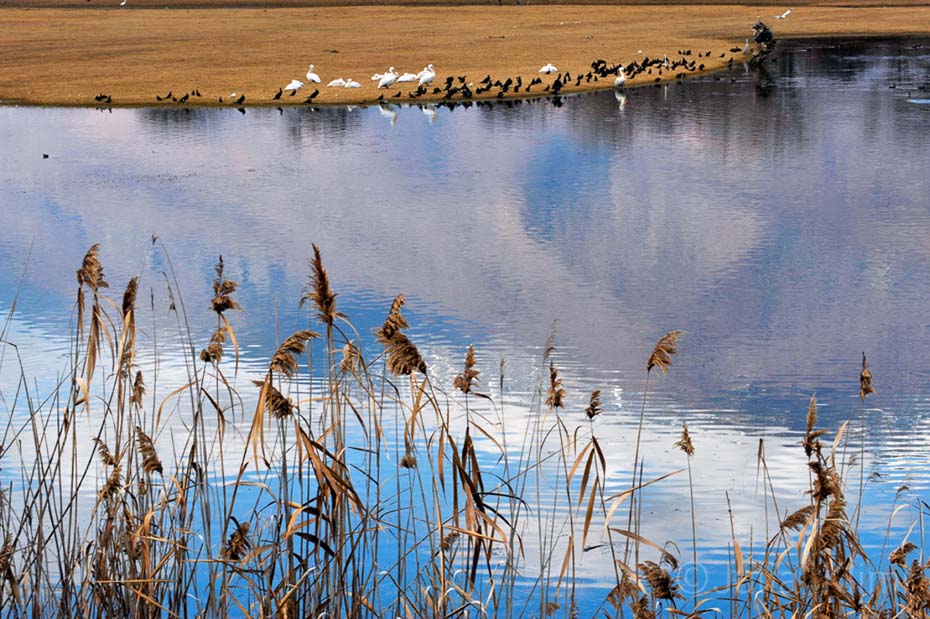
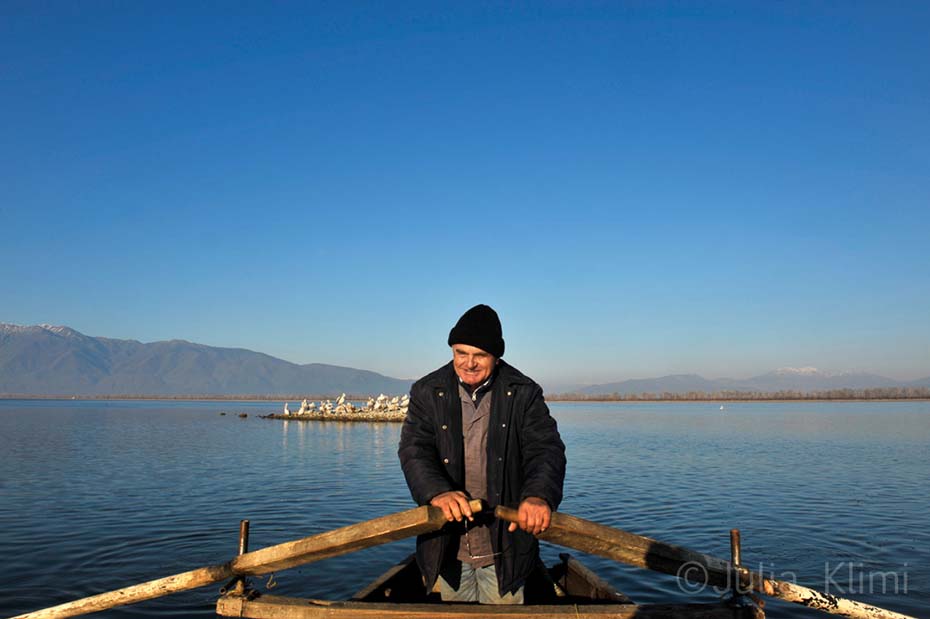

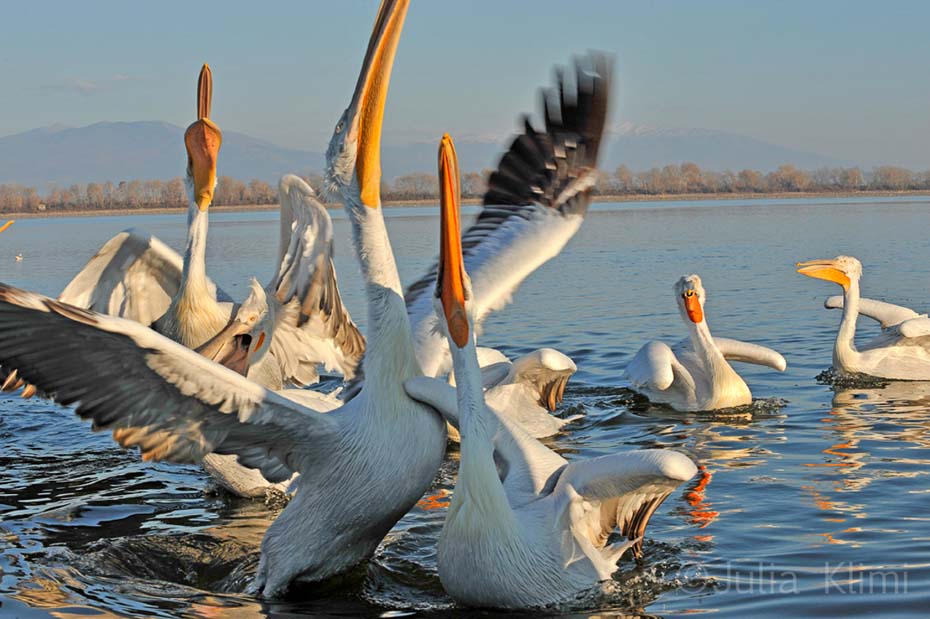
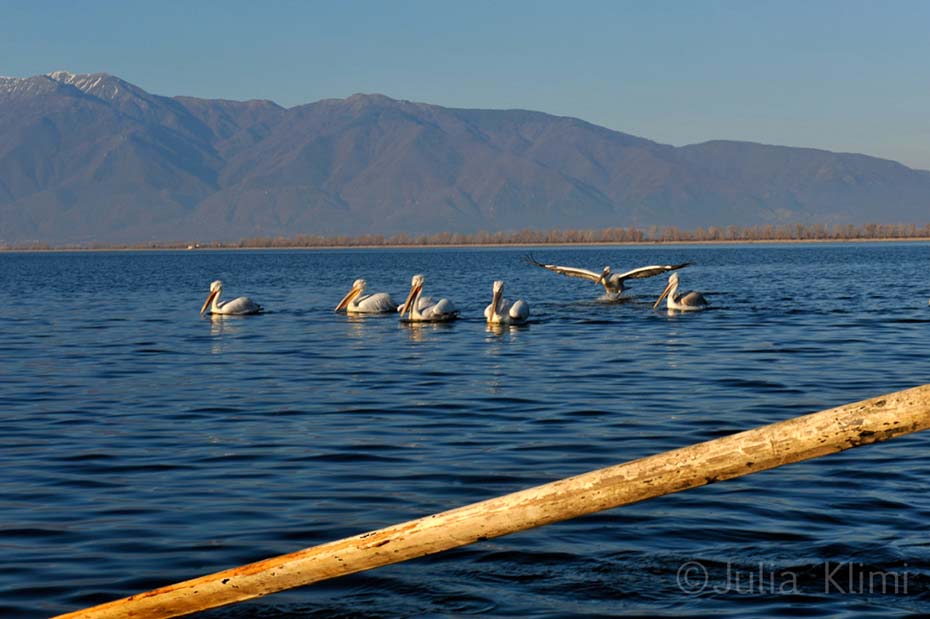

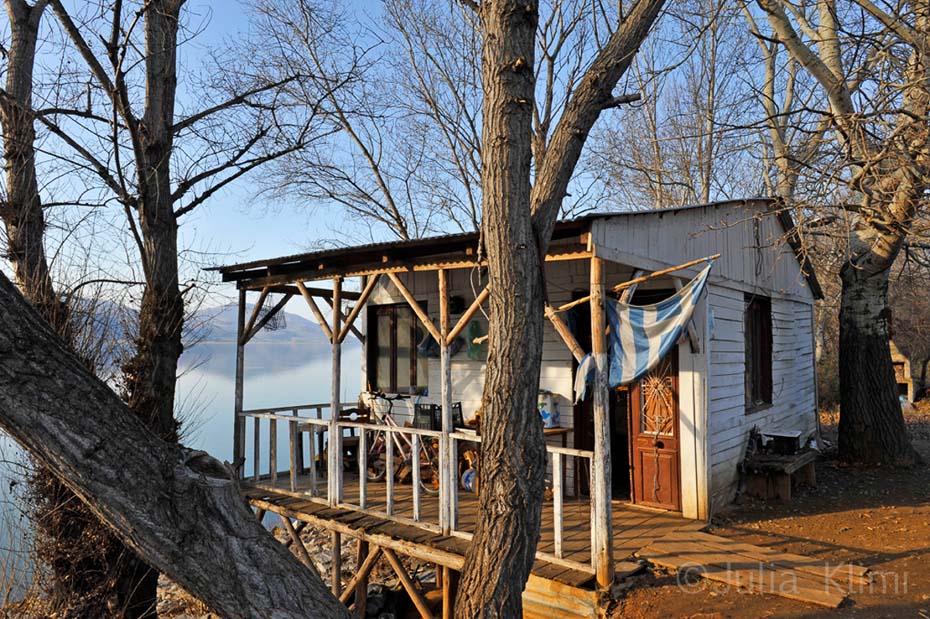
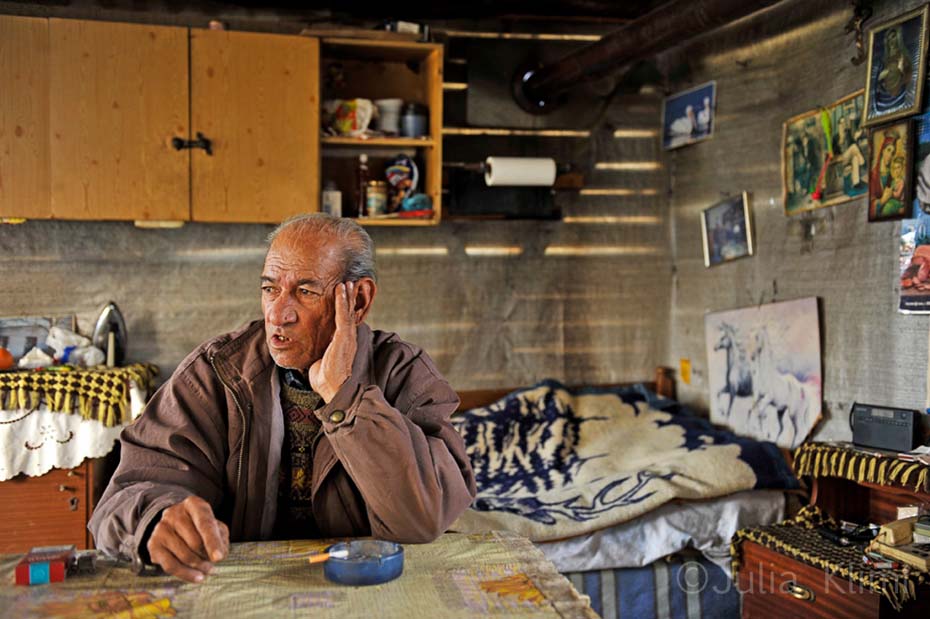
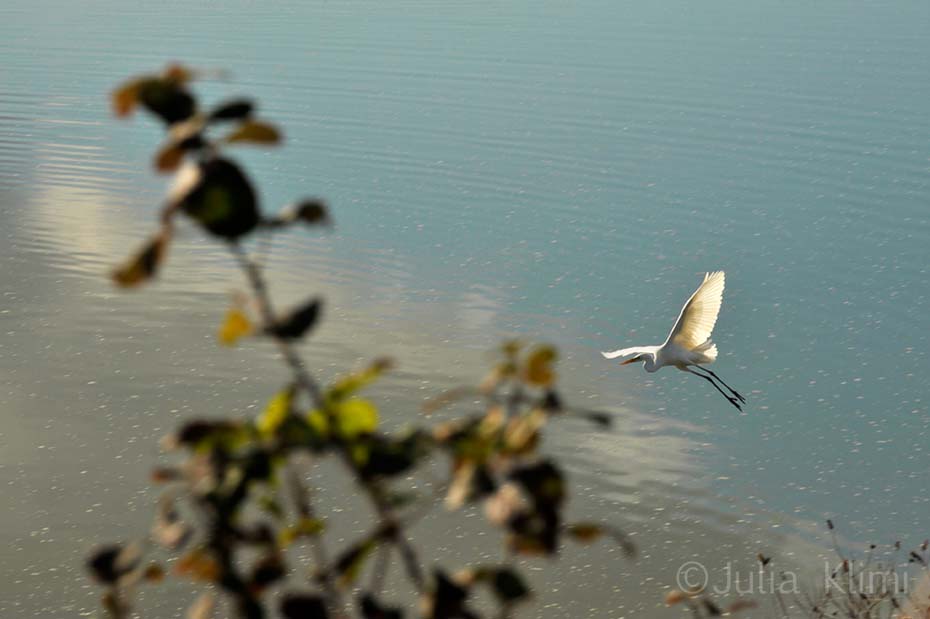
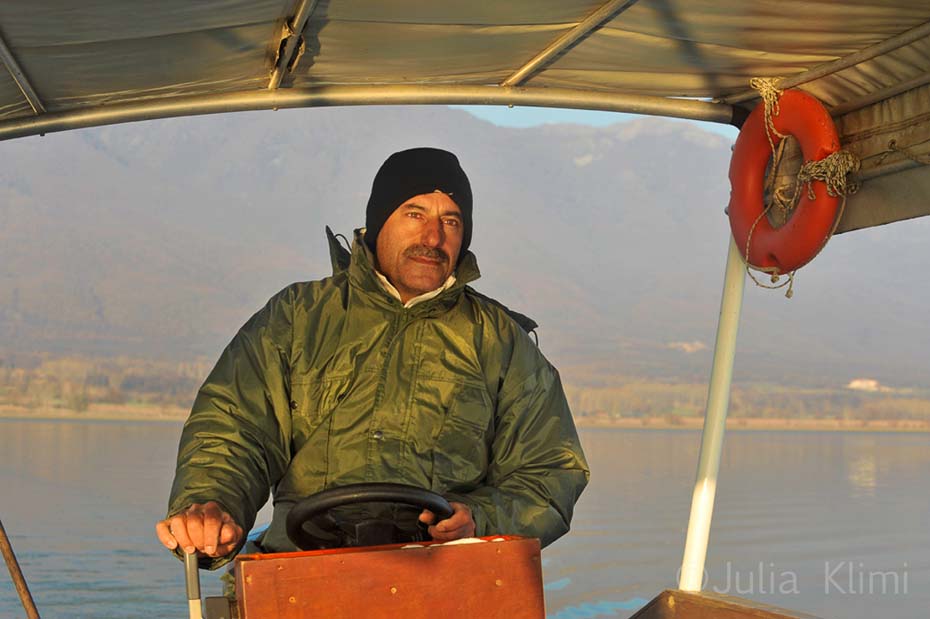
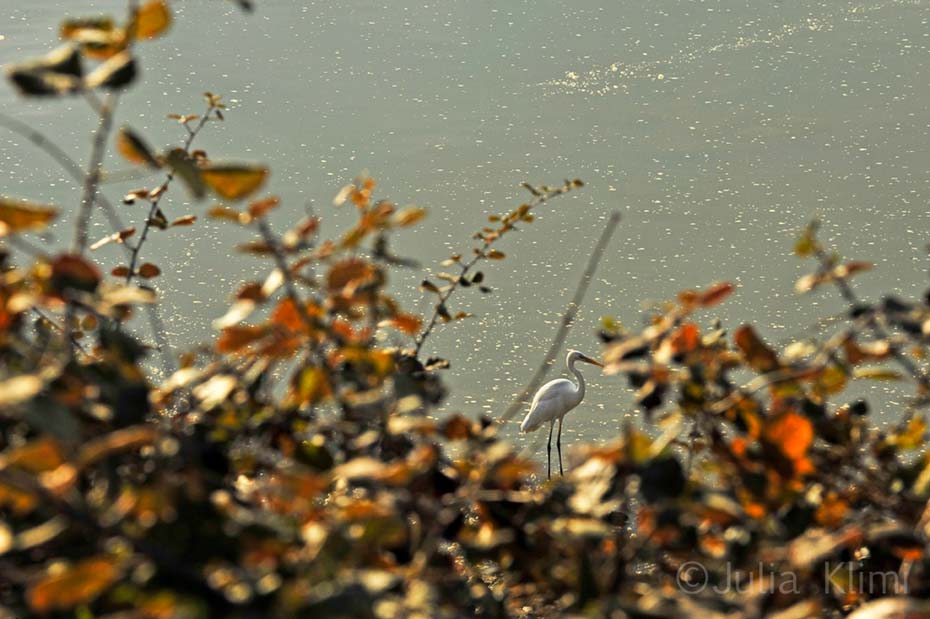
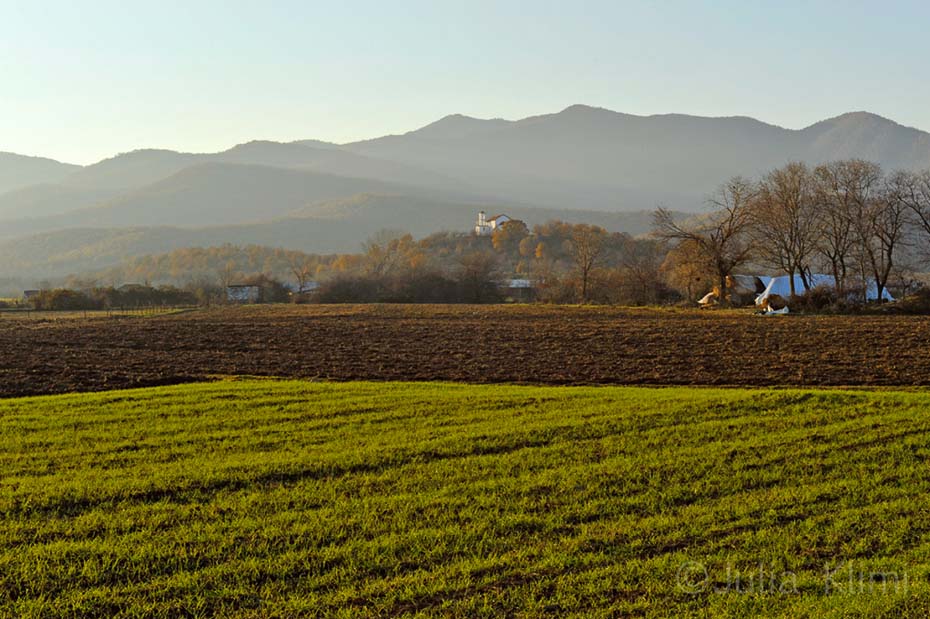
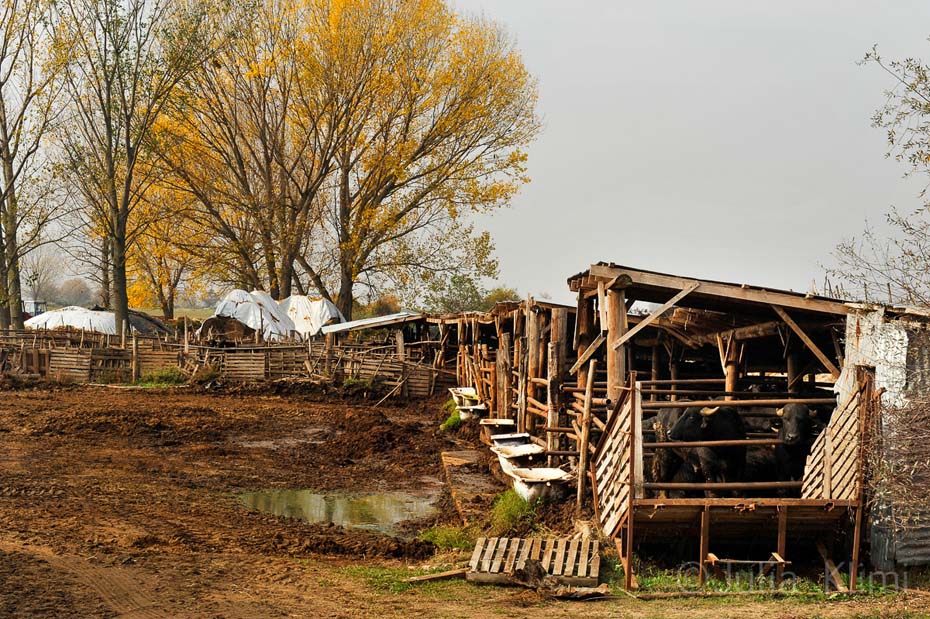
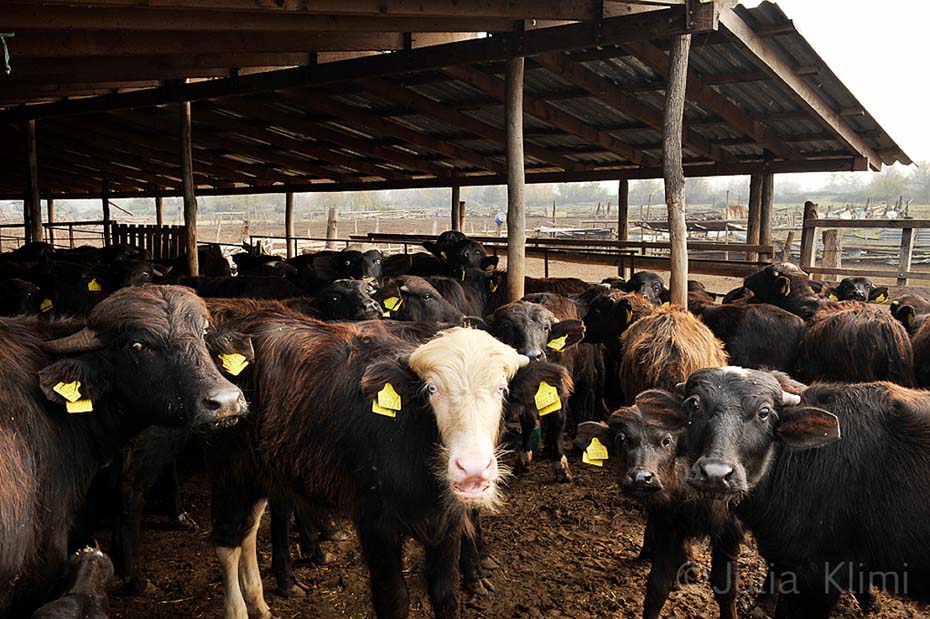
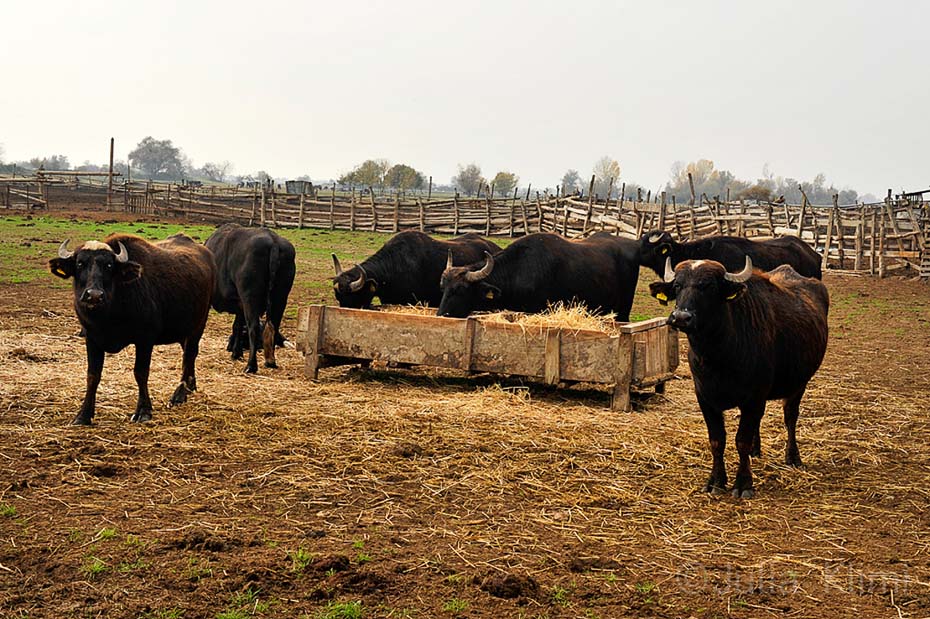
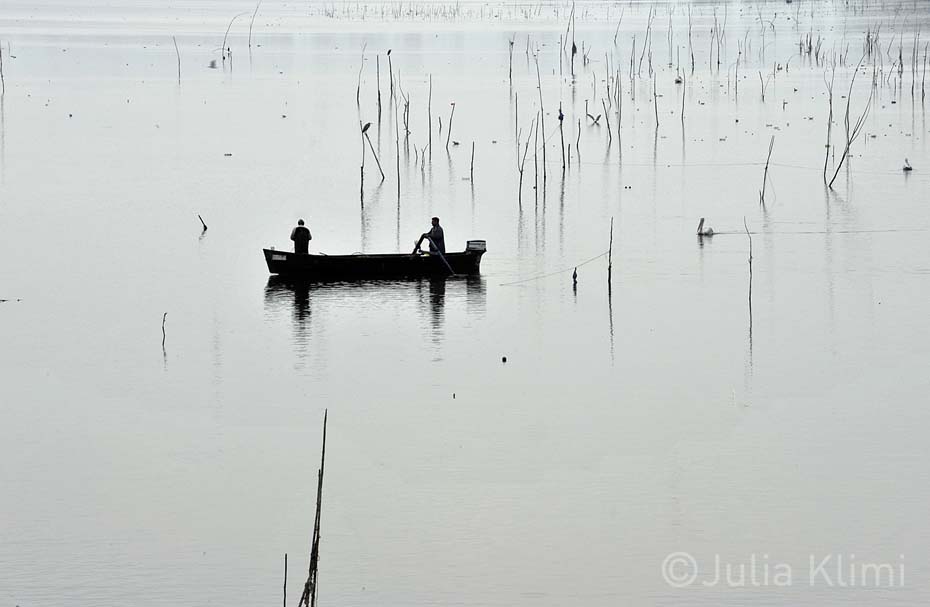


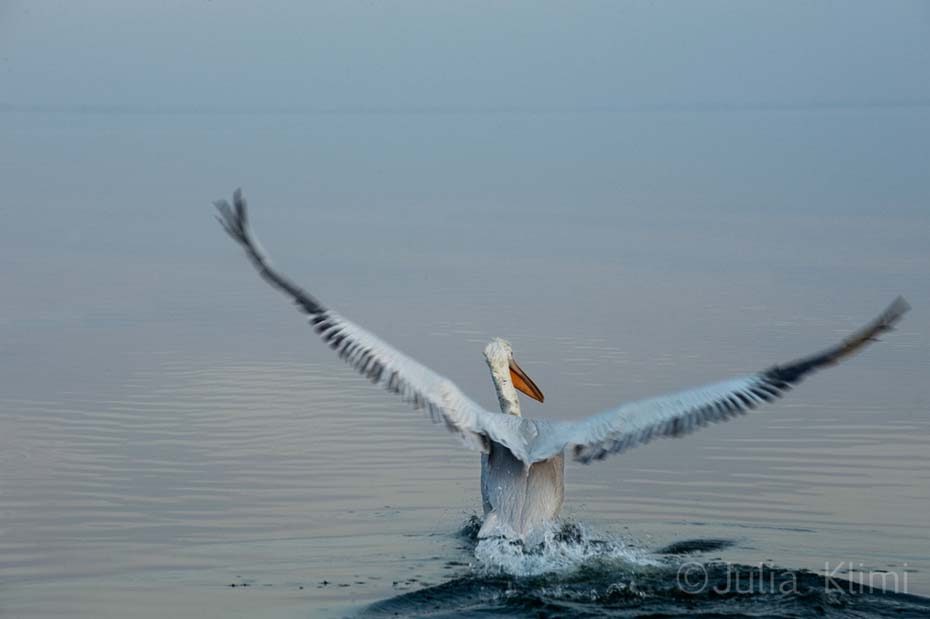
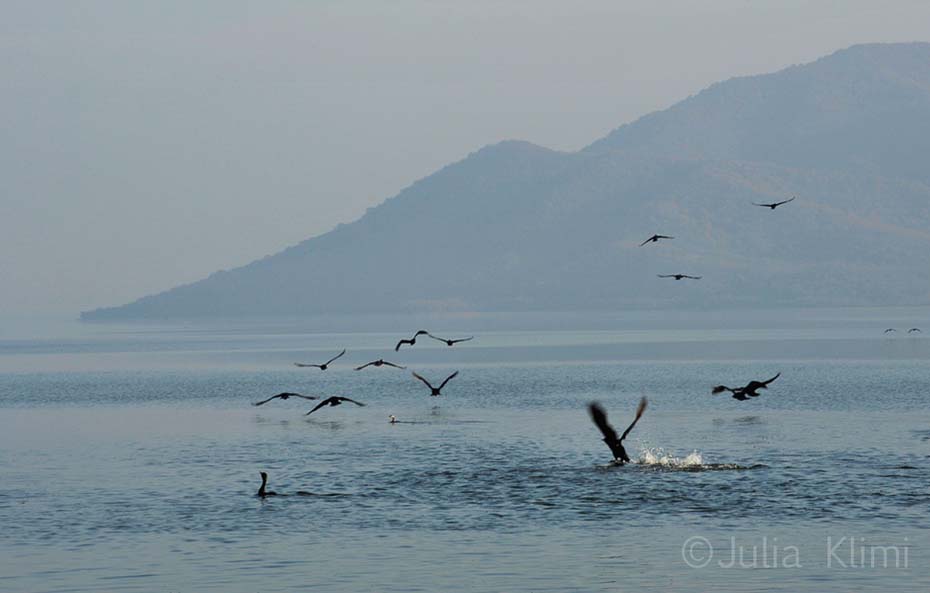
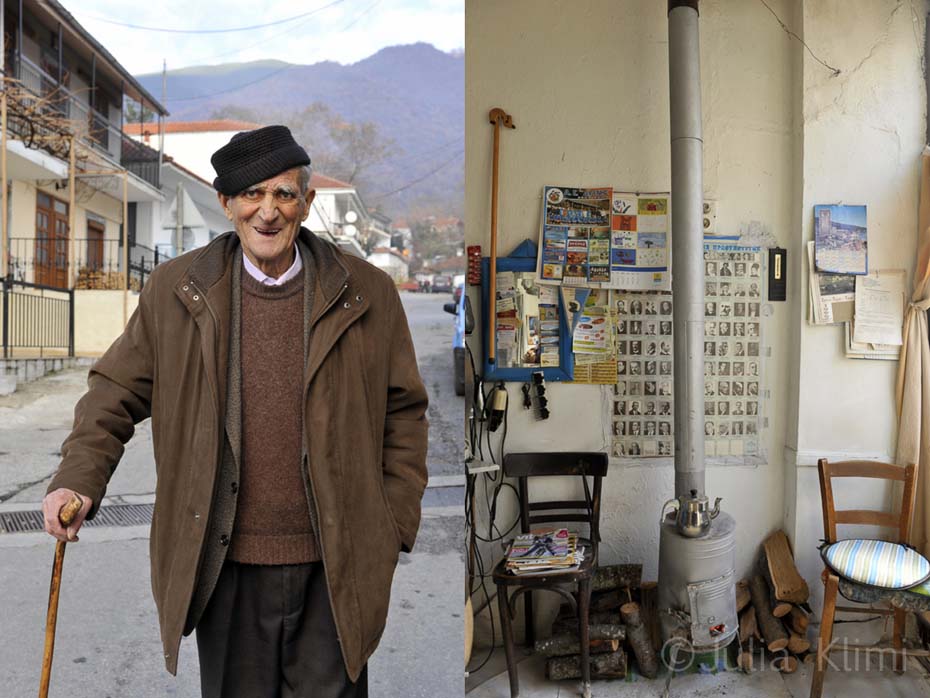
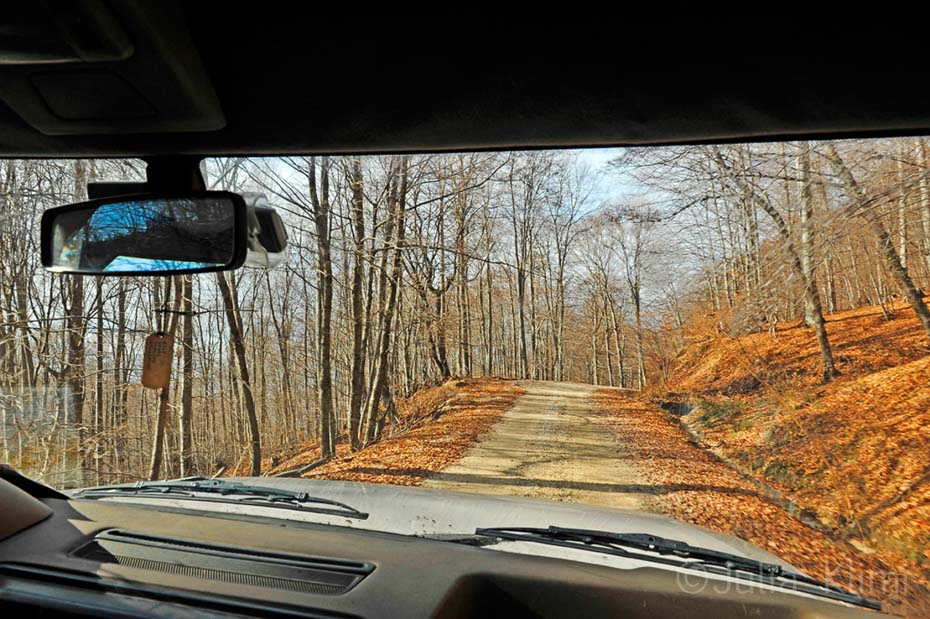
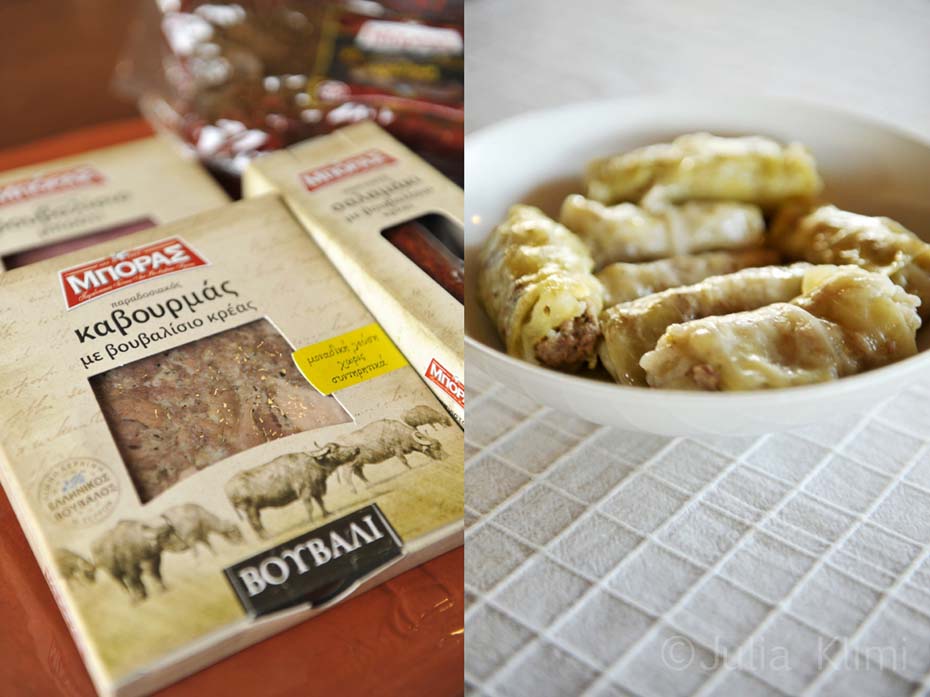



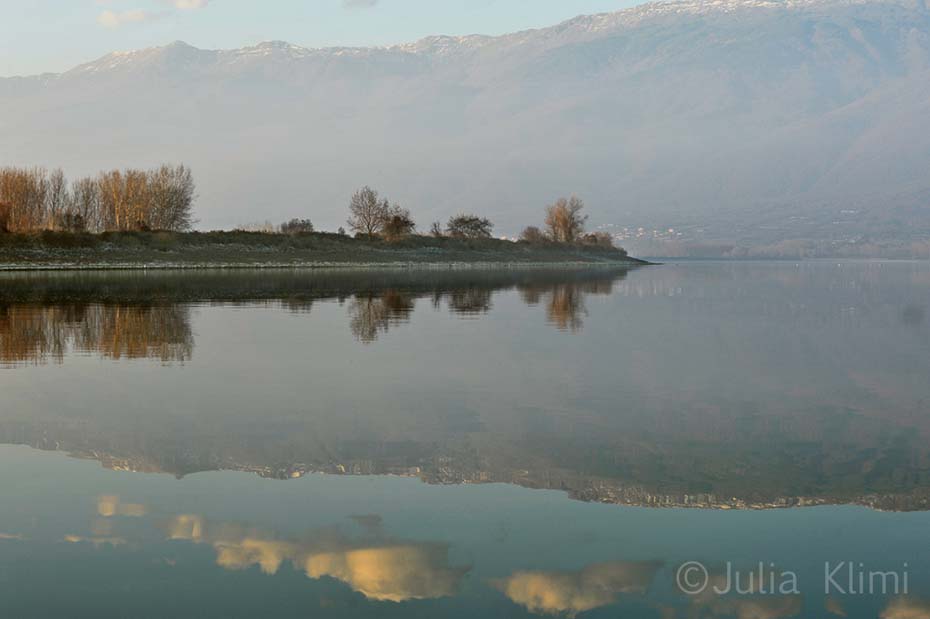
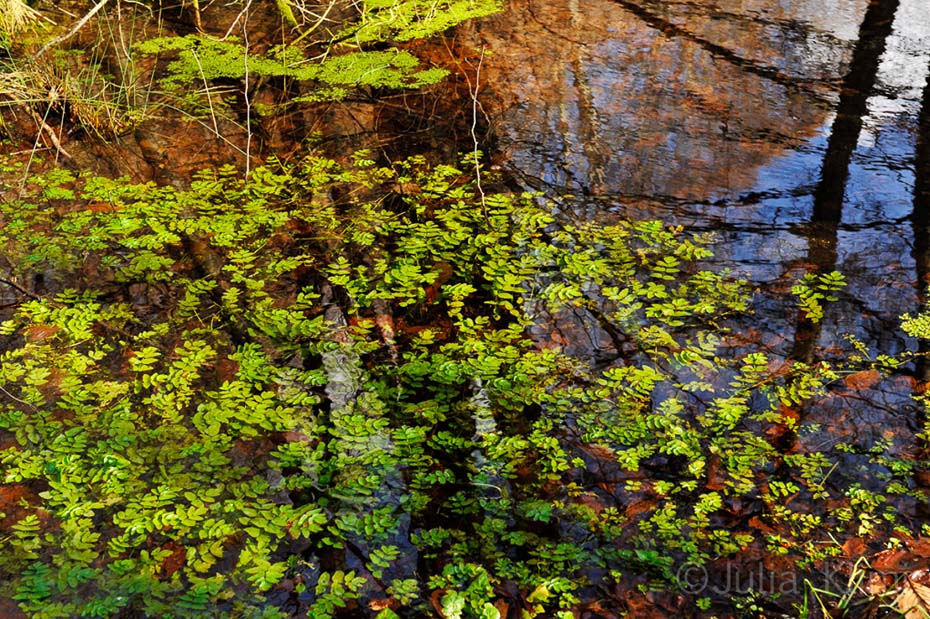
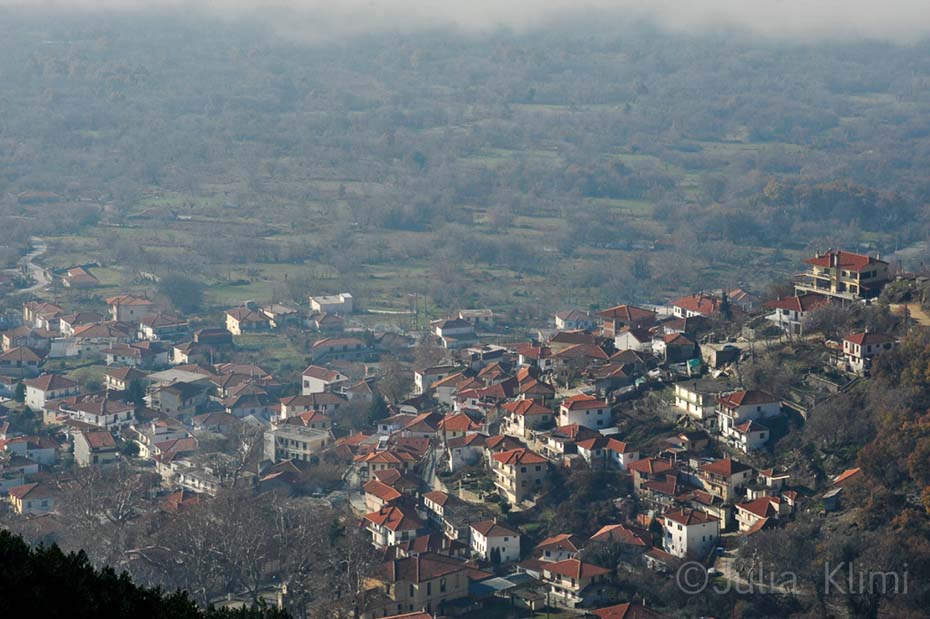
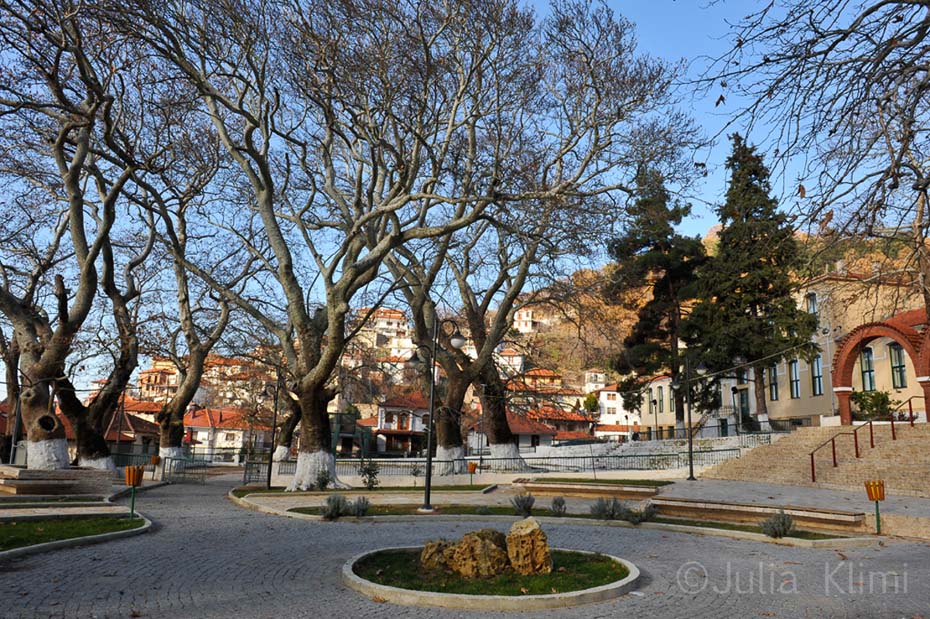
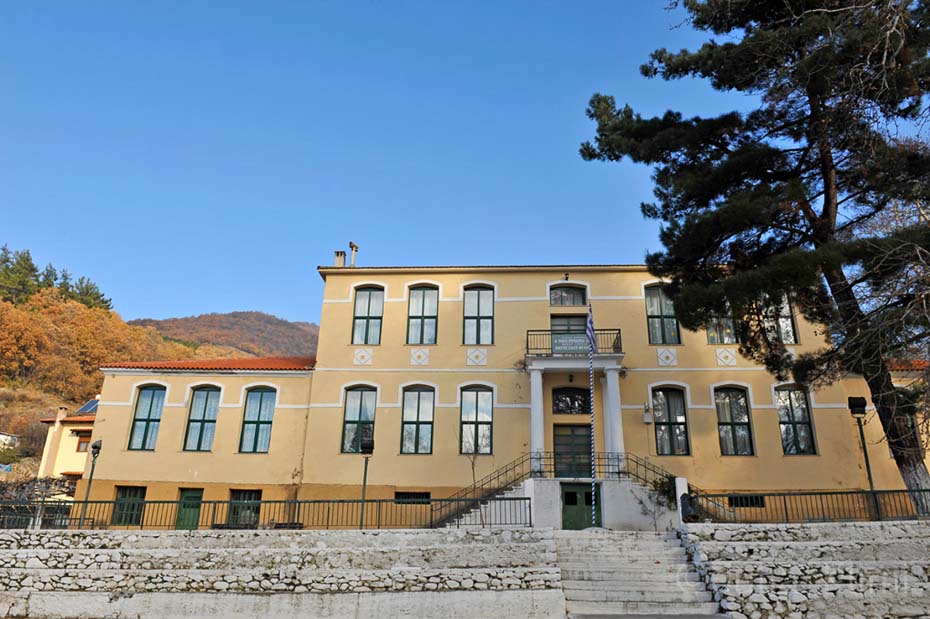

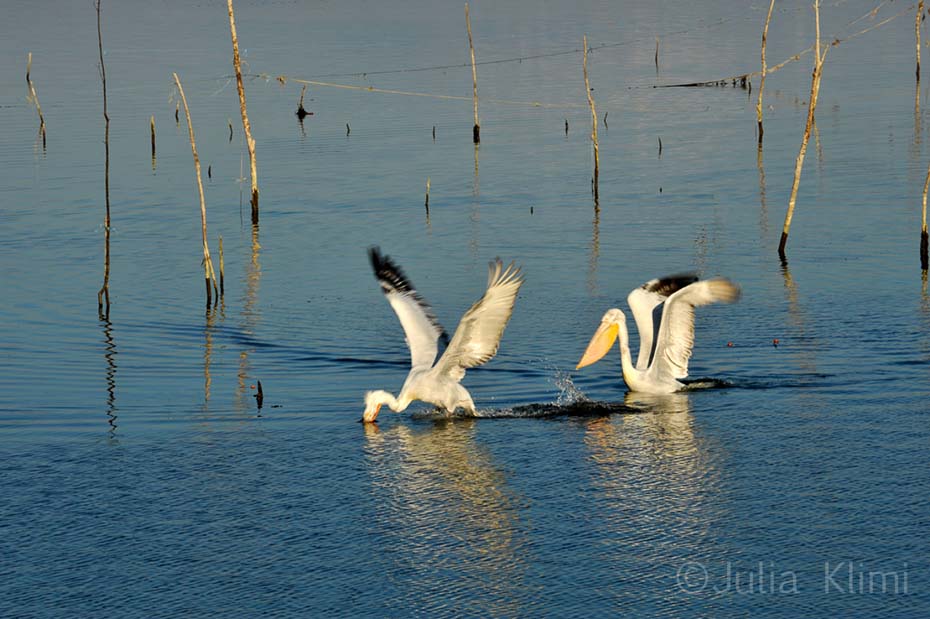

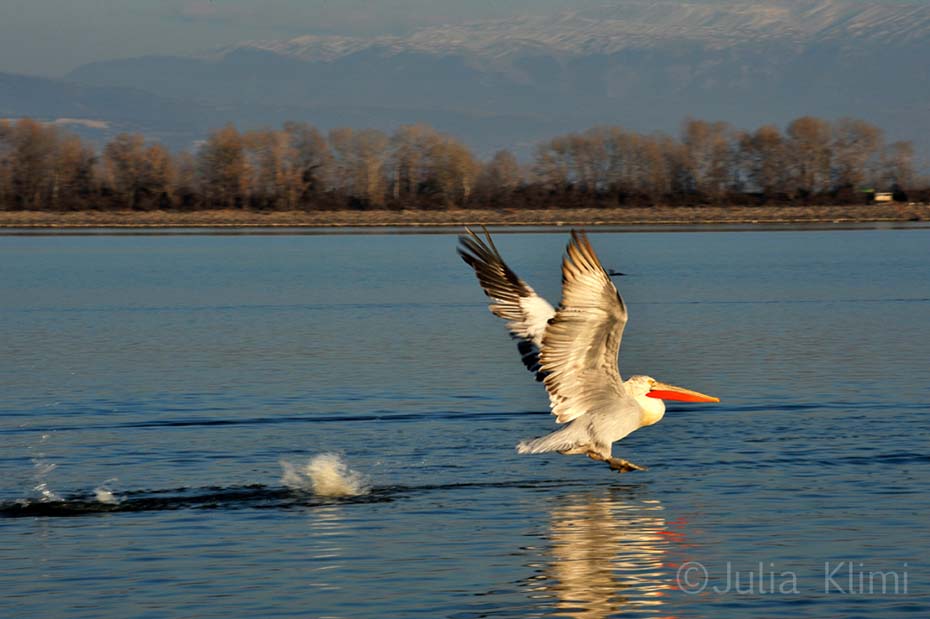
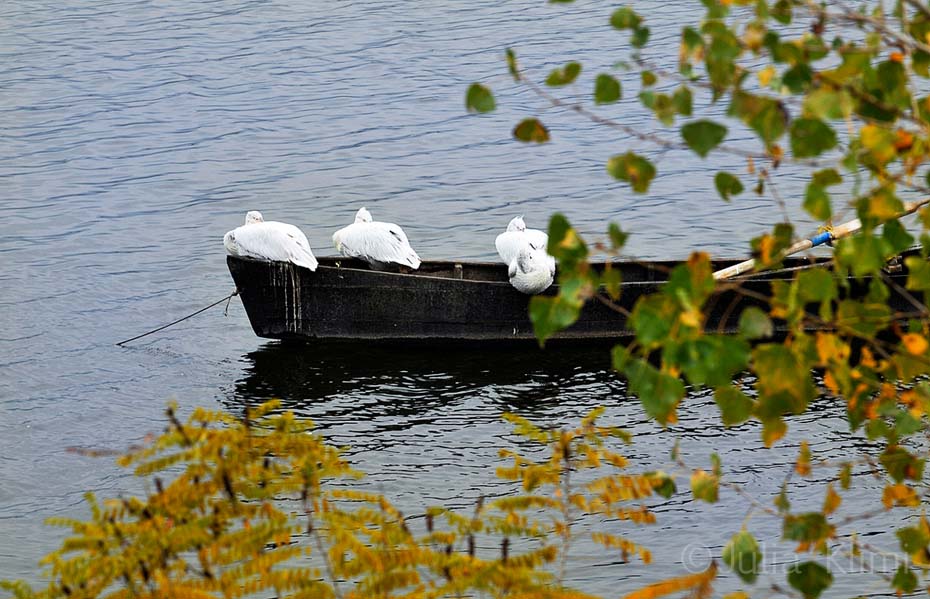

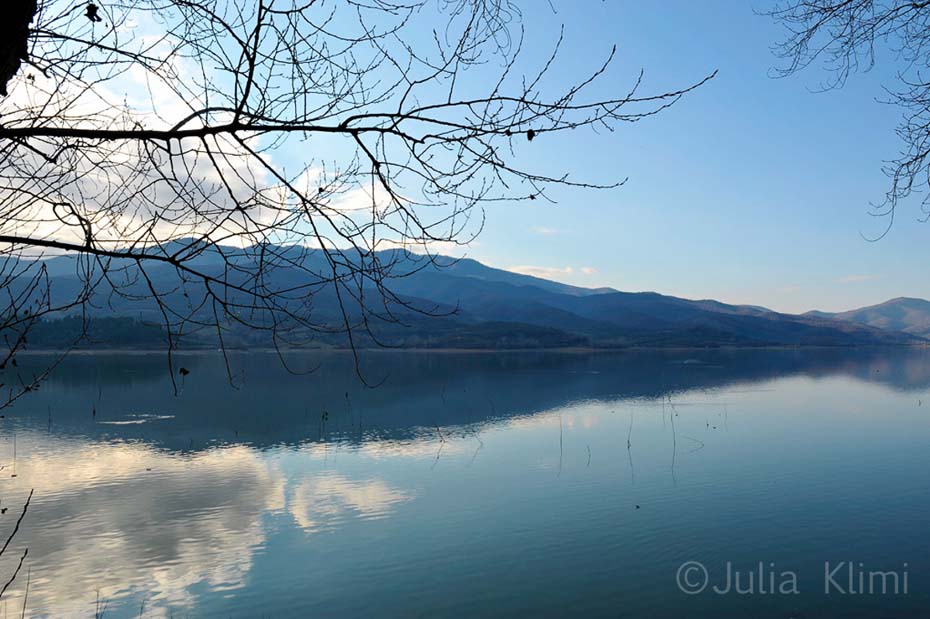
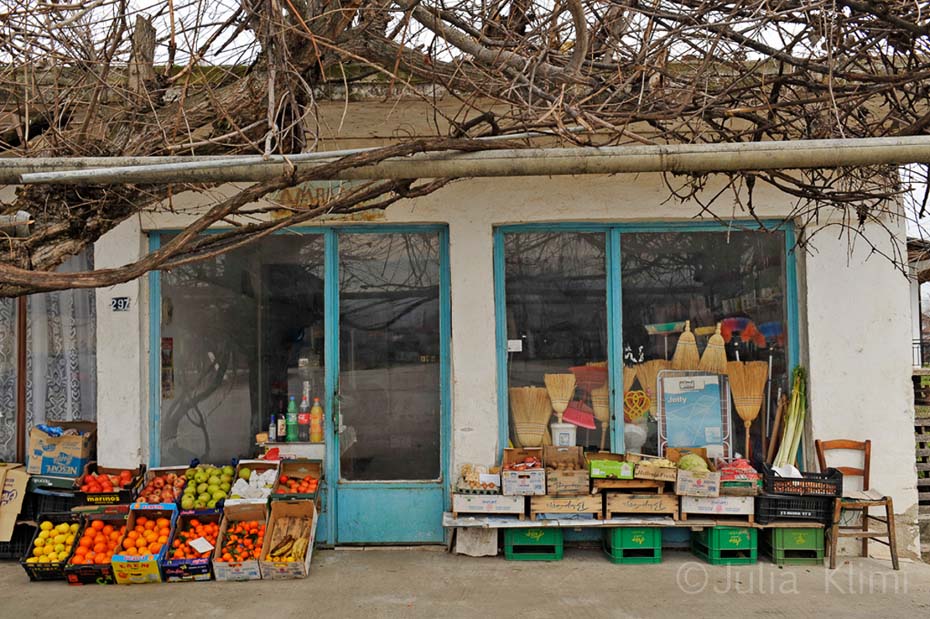
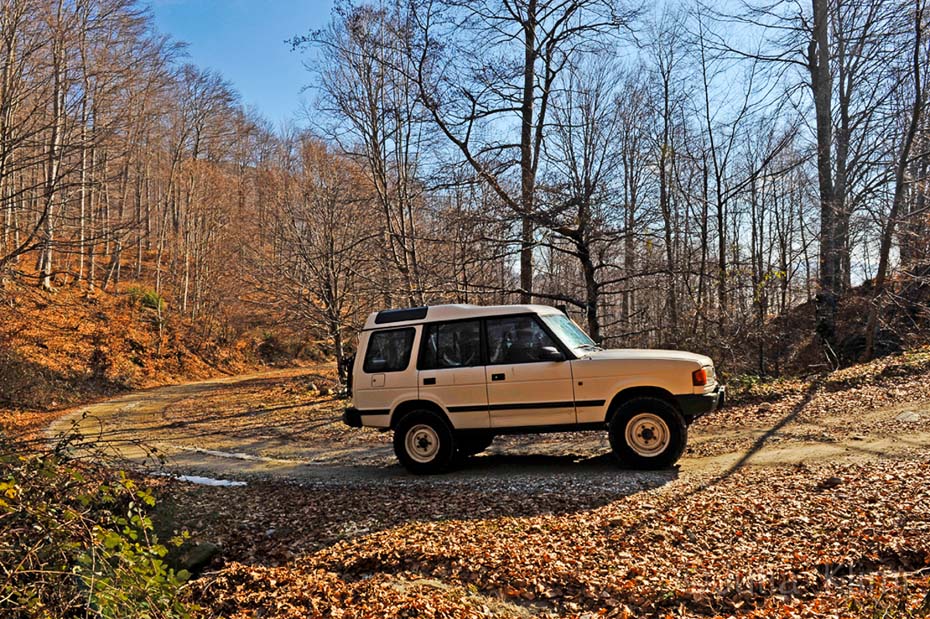
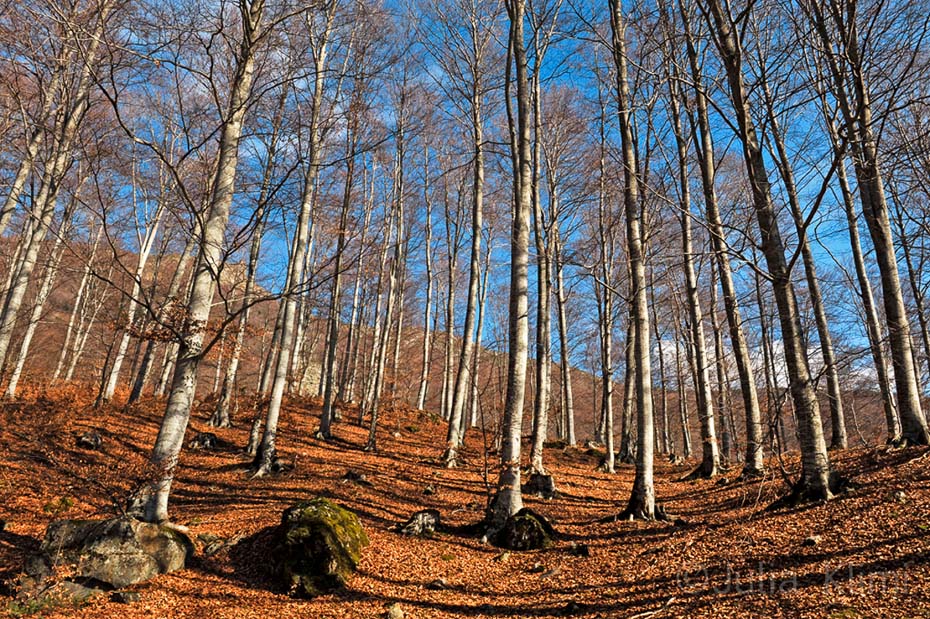
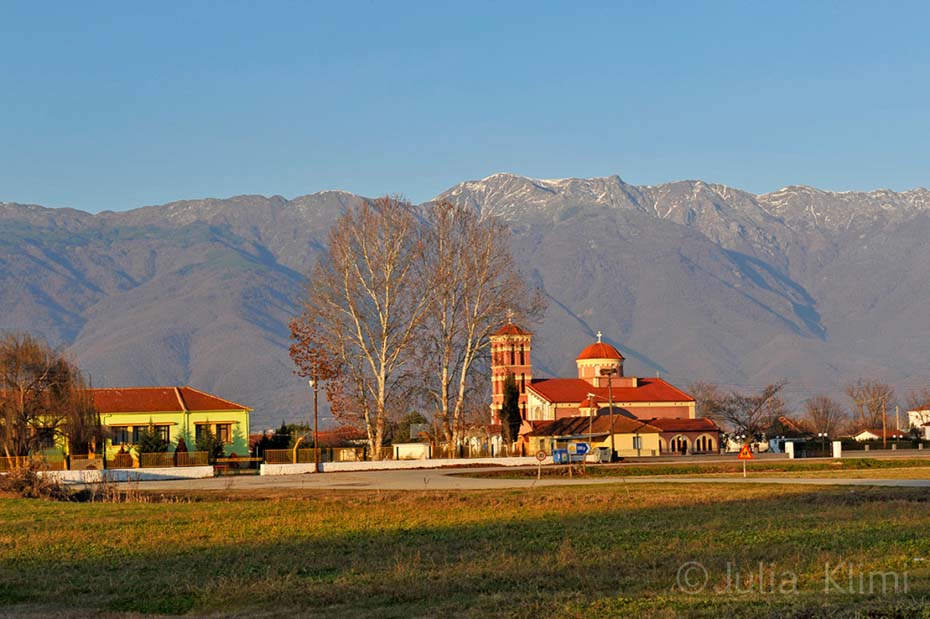

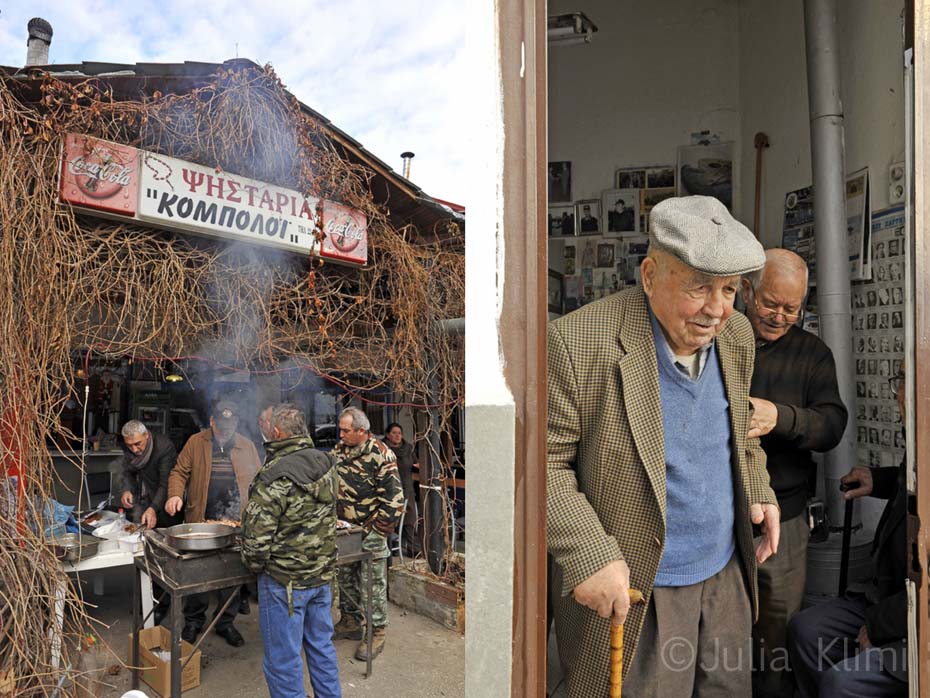
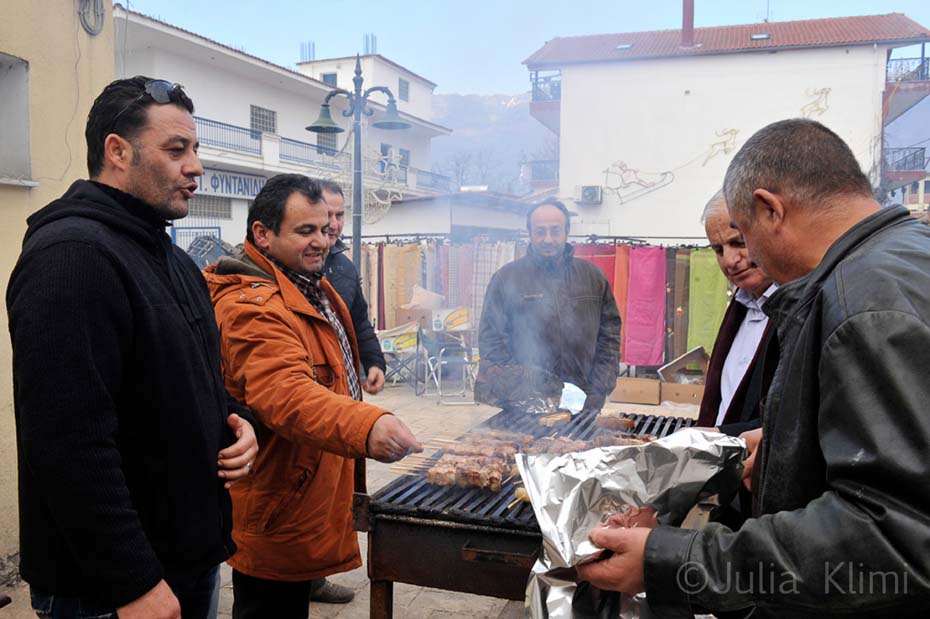

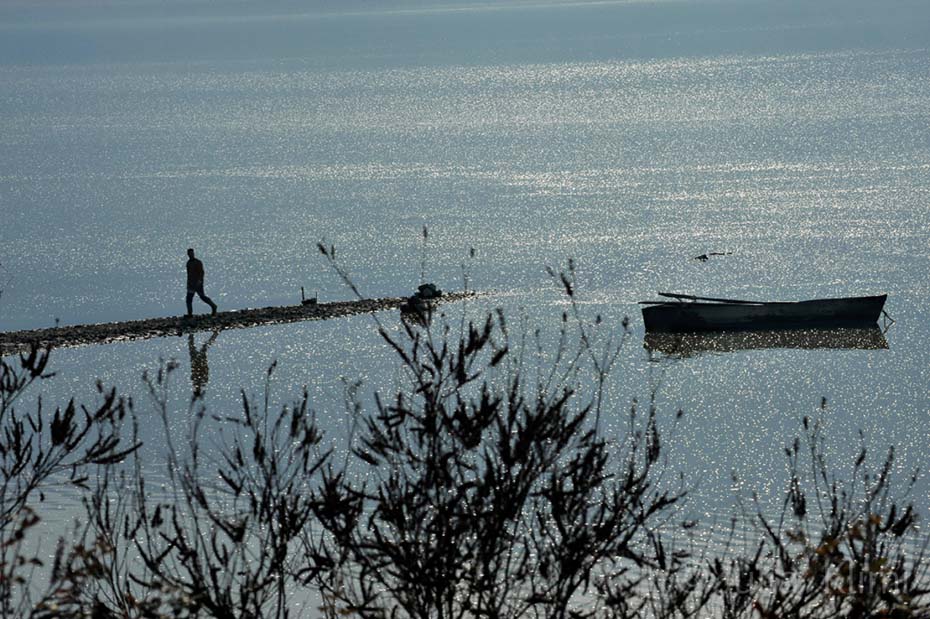
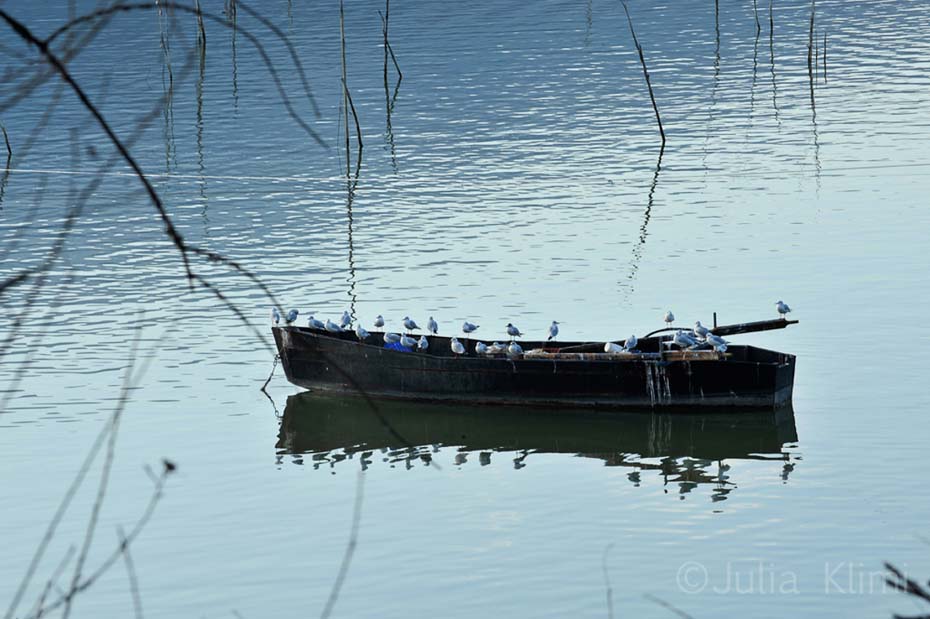
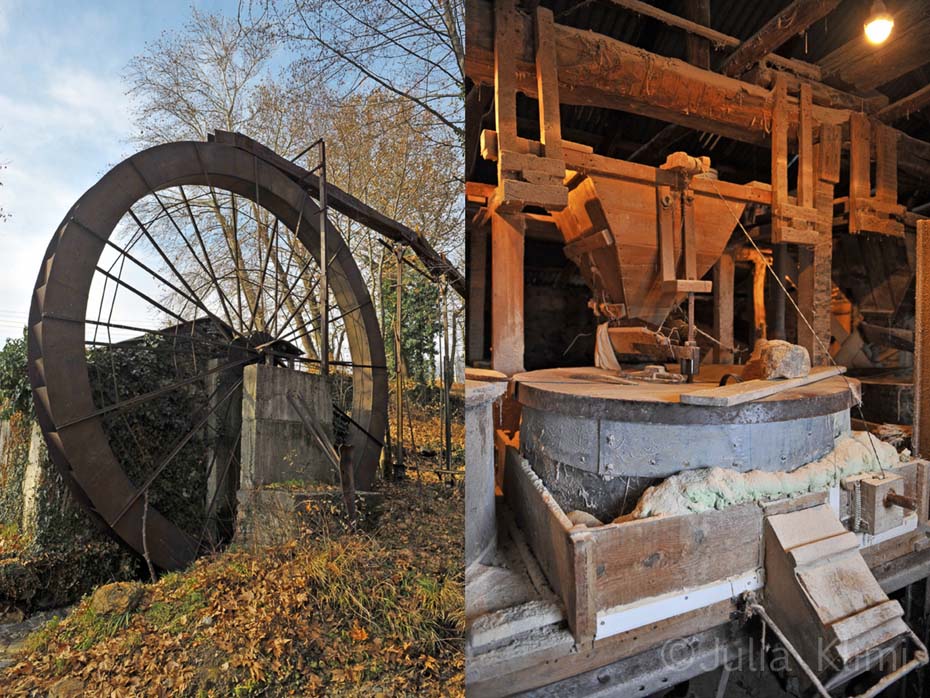




2 Comments